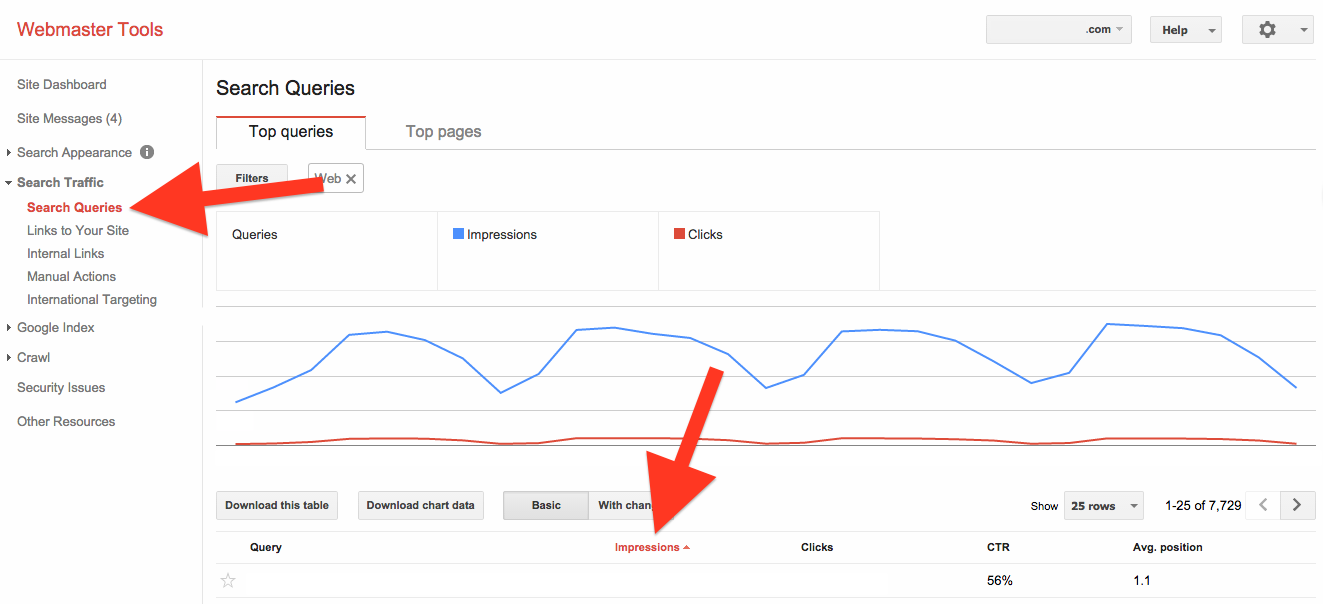3 Fundamentals to Improve Your Search Engine Ranking
Google is wildly driven to provide users with the absolute best experience —finding exactly what they are looking for as fast as possible. That’s what Caffeine, Panda, Penguin, Hummingbird, Pigeon — every update is about. It’s about getting users what they want. Most marketers don’t think about it, because their SEO is about tricking or exploiting Google’s systems. But believe it or not, Google’s drive to find and deliver the best results can be a great asset for brands and webmasters, when we rethink our SEO and consider ourselves working with (or taking advantage of) Google’s algorithms. If you stay alert and are willing to respond quickly to changes (oh, there will still be Google algorithm changes), you can learn a lot from the big G.
User Intent is Changing Keywords’ Role in Search Rankings
Sometimes I think that Google may secretly be expanding into the field of artificial intelligence (well, maybe they are), because search results are simply getting way too smart – and they have moved so far beyond the keyword. Keywords will probably always have a big part in SEO, but their role is changing as Google starts asking Why? far more than What? Exhibit A: cupcakes. You might think a search for “cupcakes” could return everything from recipes (that would be my first guess) to cupcake shops. But an actual search in Chicago turned up eight bakeries and one Wikipedia page:  Where are all the recipes? In fact, where are any of the recipes? For years Google has been collecting data on what people want when they search “cupcake,” and the answer is that they are overwhelmingly more interested in purchasing cupcakes than getting recipes (but apparently Wikipedia’s article, including the history of cupcakes, is still quite popular). This is user intent at work, and the dominant user intent is clearly, “Find a cupcake bakery.” The point is this: Do you understand the user intent behind the keyword you are trying to rank for? Are you writing content for the intent that your users are interested in most (cupcake bakeries), or are you writing keyword-themed content about the wrong user intent (recipes)?
Where are all the recipes? In fact, where are any of the recipes? For years Google has been collecting data on what people want when they search “cupcake,” and the answer is that they are overwhelmingly more interested in purchasing cupcakes than getting recipes (but apparently Wikipedia’s article, including the history of cupcakes, is still quite popular). This is user intent at work, and the dominant user intent is clearly, “Find a cupcake bakery.” The point is this: Do you understand the user intent behind the keyword you are trying to rank for? Are you writing content for the intent that your users are interested in most (cupcake bakeries), or are you writing keyword-themed content about the wrong user intent (recipes)?
Google is Keeping Things From You
First Google took away some of our keywords to give us “(not provided)”. Then they took away — well, all of them. Google seems to be sharing less and less data with marketers (especially SEOs). But for now, click-through rate (CTR) data in Webmaster Tools is still one of the most valuable, and often overlooked pieces of data that Google is still providing to SEOs. Understanding your pages’ CTRs (and especially changes to them) allows you to fine-tune the appeal of your pages on Google search results and draw more visitors. CTR also has a strong correlation to higher rankings: If more users click through to your site, your rankings will have a tendency to increase. How can you monitor and improve your Google organic search CTR? First, get the data. In Webmaster Tools, go to Search Traffic > Search Queries, and sort by Impressions.  Look for keywords with high impression volumes, whose average rank is four or greater. What pages on your site are those keywords bringing up? Those are the pages to experiment with. Your site’s listing on search results pages is largely driven by page’s page titles and meta descriptions, so try tweaking those to create more appealing listings. Monitor Webmaster Tools for changes in the CTR after you deploy changes, and be patient. Remember that Google may not display the page title you write exactly, so as you make changes to your site, keep your eye on what Google results are actually showing. You may have to wait four weeks or more before you can accurately determine the impact your changes had on CTR. Although it takes time, this is Google doing the legwork of testing new “ads” (i.e. search results) for you (at no charge). You simply make changes to your web page, and Google (eventually) serves your new “ad” and monitors CTR, at no cost to you!
Look for keywords with high impression volumes, whose average rank is four or greater. What pages on your site are those keywords bringing up? Those are the pages to experiment with. Your site’s listing on search results pages is largely driven by page’s page titles and meta descriptions, so try tweaking those to create more appealing listings. Monitor Webmaster Tools for changes in the CTR after you deploy changes, and be patient. Remember that Google may not display the page title you write exactly, so as you make changes to your site, keep your eye on what Google results are actually showing. You may have to wait four weeks or more before you can accurately determine the impact your changes had on CTR. Although it takes time, this is Google doing the legwork of testing new “ads” (i.e. search results) for you (at no charge). You simply make changes to your web page, and Google (eventually) serves your new “ad” and monitors CTR, at no cost to you!
Improving Engagement Improves Ranking
When any organic search visitor lands on your site, do they find the information they are looking for? Are there clear and relevant next steps for the user to take? Helpful links? We know that user experience impacts ranking, so its important to monitor and constantly run tests to improve:
- Time on site
- Bounce rate
- Pages per visit
User experience and conversion rate improvements need not be carbon-copied across your entire site, because visitors find your site for a wide variety of reasons and at different stages in the buying cycle. You can begin to segment your organic visitors by landing page to make more informed decisions about why they came to you and what they may want. For example, visitors that landed on an “About” or “Meet the Team” page might be close to purchasing, and product/solutions/services pages indicate they are getting ready to make a decision. Blog and resource pages probably represent users that are just beginning to decipher their problem and explore solution options. Once you figure out where they’re landing, examine what pages they are going to next (or if they are simply leaving), and begin making incremental improvements to quickly give users exactly what they are looking for.
It’s All About the User
Improving your site’s search engine ranking means learning to work with Google, as opposed to trying to trick Google (which is what good, long-term SEO has always been about anyway), and you now have three ways to start doing that:
- Start studying the SERPs for depersonalized queries of your brand’s keywords.
- Investigate your CTRs and experiment with content on your top pages.
- Make sure you’re monitoring user engagement on your site, and providing clear next steps for every persona and intent.
The good news is that as long as you are providing resourceful and engaging content (which, of course, you are), Google wants to work with you too.
What's Next?
Profound Strategy is on a mission to help growth-minded marketers turn SEO back into a source of predictable, reliable, scalable business results.
Start winning in organic search and turn SEO into your most efficient marketing channel. Subscribe to updates and join the 6,000+ marketing executives and founders that are changing the way they do SEO:
And dig deeper with some of our best content, such as The CMO’s Guide to Modern SEO, Technical SEO: A Decision Maker’s Guide, and A Modern Framework for SEO Work that Matters.




